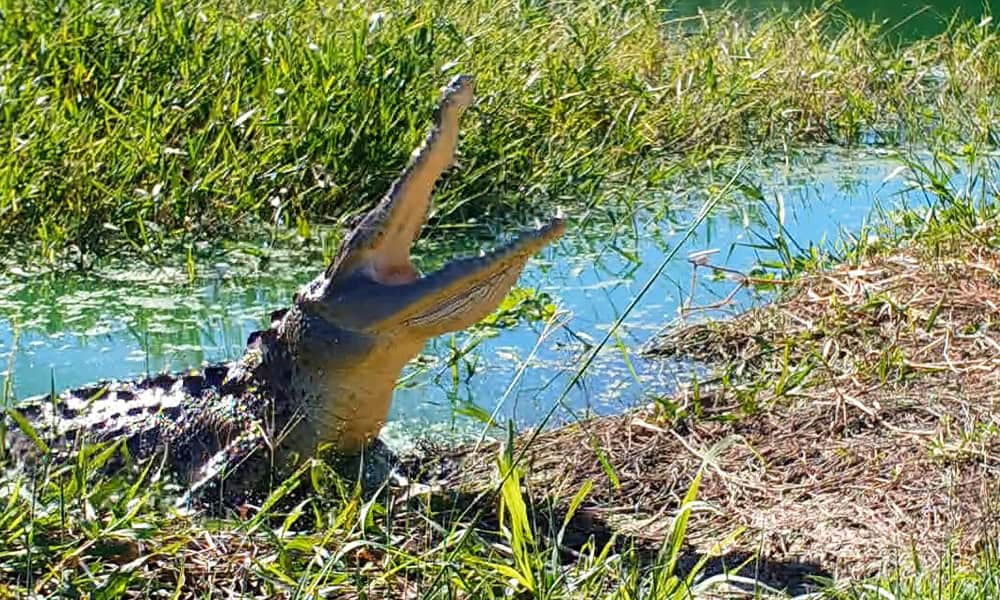Most of us spend precious little time in nature. We’ll dip our toes in when we visit a waterfall or go for a hike, but for the most part we live our lives in the human world thinking very little about the huge variety of other creatures that we share this planet with. While we’re sitting in buildings, working, and shopping, there’s another secret world taking place under the cover of the forest.
Camera traps are a window into the world of the wild. They show us who’s living in the forest and, if we’re lucky, a little bit about what they’re up to. This window is incredibly small. Of the thousands of acres of forest in Costa Rica, each camera trap shows us what’s happening in an area of a few square meters. After years of camera trapping, I’m still impressed by the number of different species that pass through the view of this small window.
Sometimes, when we’re incredibly lucky, we get to see more than an animal walking through the frame of the camera trap, we get to see some animal behavior. One of the most intense and fascinating behaviors that these cameras capture is the interaction of predator and prey. I’m unwilling to inspect all of my wildlife video databases and do the math, but of the tens of thousands of videos I’ve recorded something well under 1% show a predation event.
Today we are focused on two types of predators that use two different methods to capture their prey.
Ocelots
I’ve recorded five of the six species of feline in Costa Rica after a successful hunt. That includes videos of jaguars, pumas, ocelots, margays, and jaguarundis all passing by the camera trap with some prey item hanging out of their mouths. Even more rare than that are videos of cats actually attacking their prey. Many times felines use a method of predation known as pursuit predation. Pursuit predation is active. It involves the predator chasing after fleeing prey.
The clips I’ve included in the video below feature ocelots pursuing and catching a black spiny-tailed iguana, a couple of common opossums, and a boat-billed heron. The boat-billed heron is my favorite because it takes place in a tree overhanging a lake. The ocelot waited on a branch, knowing that the boat-billed herons roosted on that particular branch at night, and when the moment was just right, it attacked.
There’s another clip of an ocelot pursuing a white-tailed deer. It surprised me because of the size difference between predator and prey, with the deer being much larger. Though we know the ocelot was pursuing the deer, unfortunately the result of the pursuit happened well outside of our window, so we’ll never know what happened in the end.
Crocodiles
Crocodiles often utilize a different method of predation. They are frequently ambush, or sit-and-wait, predators. They place themselves in a concealed position and wait for a prey item to come a little too close and then they attack. This isn’t their only method for filling their bellies. Fish are a frequent menu item, and they are actively pursued underwater.
The videos that I’ve recorded of crocodiles attempting to ambush their prey feature almost totally submerged crocodiles attacking animals at the water’s edge. The most frequently attacked animals are birds. I’ve recorded crocodiles lunging at a great egret, a great blue heron, a boat-billed heron, and a bare-throated tiger heron. Attempted prey items of the un-feathered variety include a bat and a black spiny-tailed iguana. Unfortunately for the crocodiles in all of these video clips, the potential meal escaped in each instance.
Costa Rica’s natural world is full of both predators and prey. Right at this moment somewhere in the forest an ocelot is about to pounce on an iguana and a crocodile is about to spring its attack on a wading bird. Normally, these are behaviors we can only imagine, but every once in a great while these activities take place in front of our window to the wild and we get to see it for ourselves.
About the Author
Vincent Losasso, founder of Guanacaste Wildlife Monitoring, is a biologist who works with camera traps throughout Costa Rica. Learn more about his projects on facebook or instagram. You can also email him at: vincent@guanacastewildlifemonitoring.com






